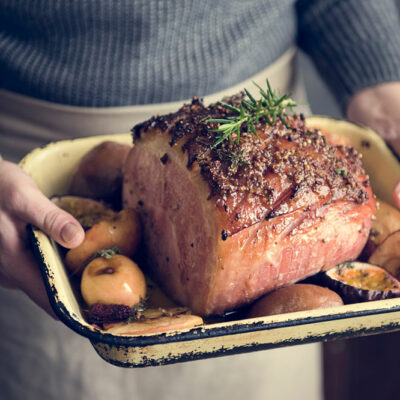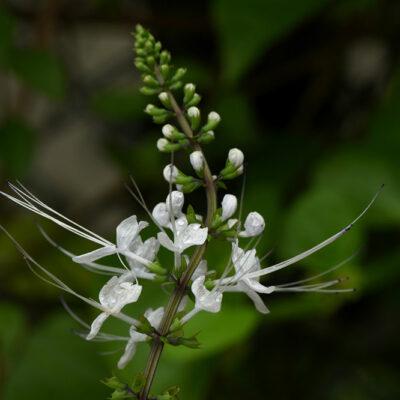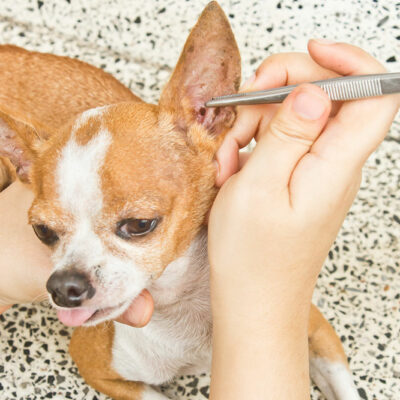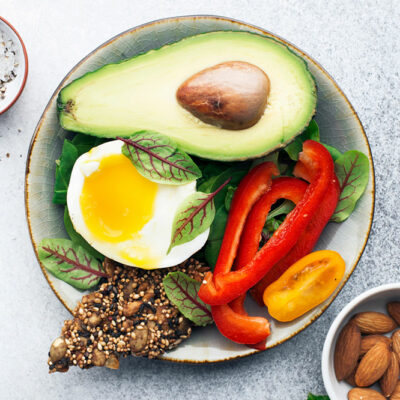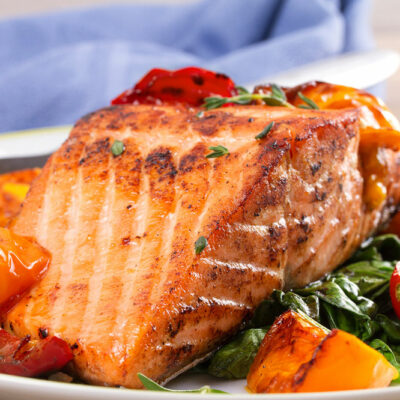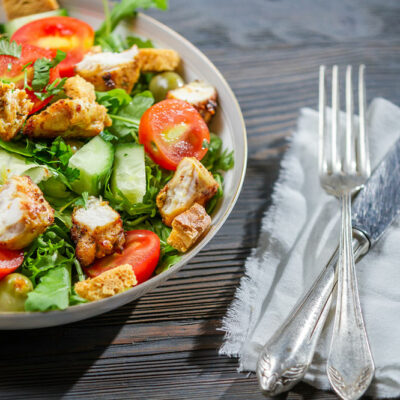
Pets
Healthy Homemade Food Recipes for Dogs
Have you ever wondered how it must be for your dog to eat the same food day in and day out? When we are so fond of homecooked food and always try out recipes at home, why not do the same for our dogs. Homemade dog foods can give your pooch the ultimate nutrition that they need. So, here are a few DIY dog food recipes that are healthy and easy to prepare at home. Vegetable and meat bonanza This is one of the most mouthwatering DIY dog food recipes and to prepare this, you need brown rice, olive oil, ground turkey, chopped baby spinach, shredded carrots, shredded zucchini, and some frozen peas. Cook the rice in a large saucepan and set aside when done. Now, take a pan and heat olive oil. Add the ground turkey and wait for it to cook. Finally, stir in some of the chopped and shredded vegetables along with the brown rice and spinach and cook for 3-5 minutes. Let it cool completely before serving it to your pet. Ground turkey with pumpkin and coconut This is another of those DIY dog food recipes that provide your dog with wholesome nutrition. To prepare this, you need ground turkey (or any protein), uncooked millet, olive oil, carrots, zucchini, squash, and calcium powder, coconut flakes or coconut oil, and homemade pumpkin puree.
Read More 